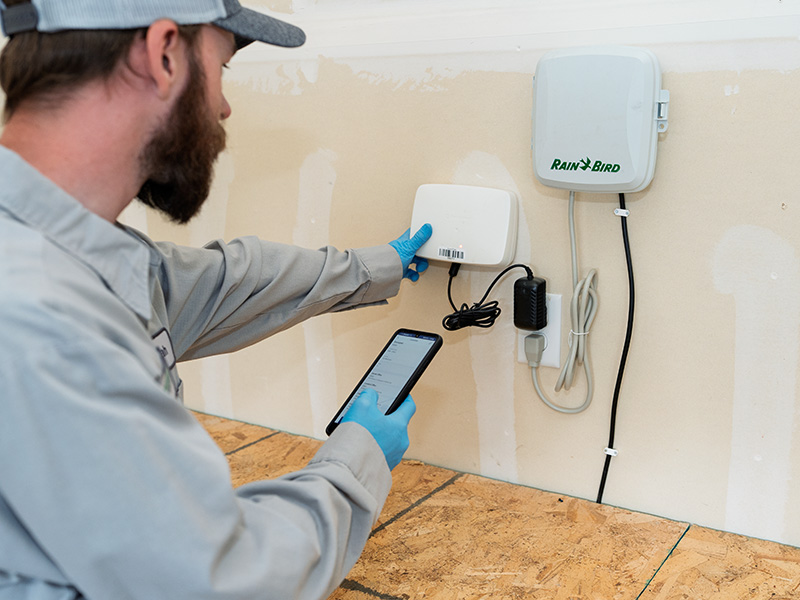
What Do Millipedes Look Like?
Millipedes appear in various colors ranging from shades of brown to yellow with black stripes. They average 4 to 5 inches in length, have cylindrical bodies with two pairs of legs per body section except for the first three sections which have only one pair of legs.
When are millipedes most active?
Life Cycle of Millipedes
Gradual metamorphosis
Females lay 20-300 eggs underground or in an isolated area. The eggs are not cared for by the female and hatch in a few weeks. The young are smaller versions of the adult form molting as they grow and adding legs at each stage. After seven to ten molts, sexual maturity is reached. Millipedes can live up to ten years.
Habits of Millipedes
- Diet: Forage for decaying organic material such as plant mulch and leaves.
- Activity: Nocturnal, burrowing underground during the day.
- Preferred Climate: Humid. Will see out in evenings after heavy rains.
- Defense: Releases a foul tasting chemical from sides of the body. Will coil into a C shape and become motionless.
- Cautions: An unpleasant odor will be exuded if crushed. Some people may be allergic to this liquid.
- Home Invasion: Enter homes through cracks and crevices. Enter during summer searching for food or during winter for the warmer temperature.
Are Millipedes Dangerous?
Millipedes do not bite and are considered harmless.
Where Do Millipedes Live?
Millipedes in Arizona are often found living outdoors in damp places around flowerbeds and/or gardens.
Helpful Hints About Millipedes
To avoid infestations of millipedes on your property, we recommend:
- Keeping your lawn cut short and other routine lawn care and maintenance
- Watering the lawn in the early morning so it can dry before evening
- Removing wood, leaves, and other plant debris that is near your home
- Keeping your property free of millipedes and other pests with ongoing pest control
Interesting Facts About Millipedes
Unlike their name suggests, millipedes do not have 1,000 legs. The maximum number of legs found on a millipede is 750.
How Do You Get Rid of Millipedes?
If you’ve noticed millipedes in your home, contact Northwest Exterminating for home pest control services that target these nuisance pests as well as other house-infesting insects that infest homes in Phoenix and Tucson.

Testimonials
Request Your FREE Estimate
Have questions or need help getting rid of millipedes or other pests? Simply complete the form below or give us a call!



